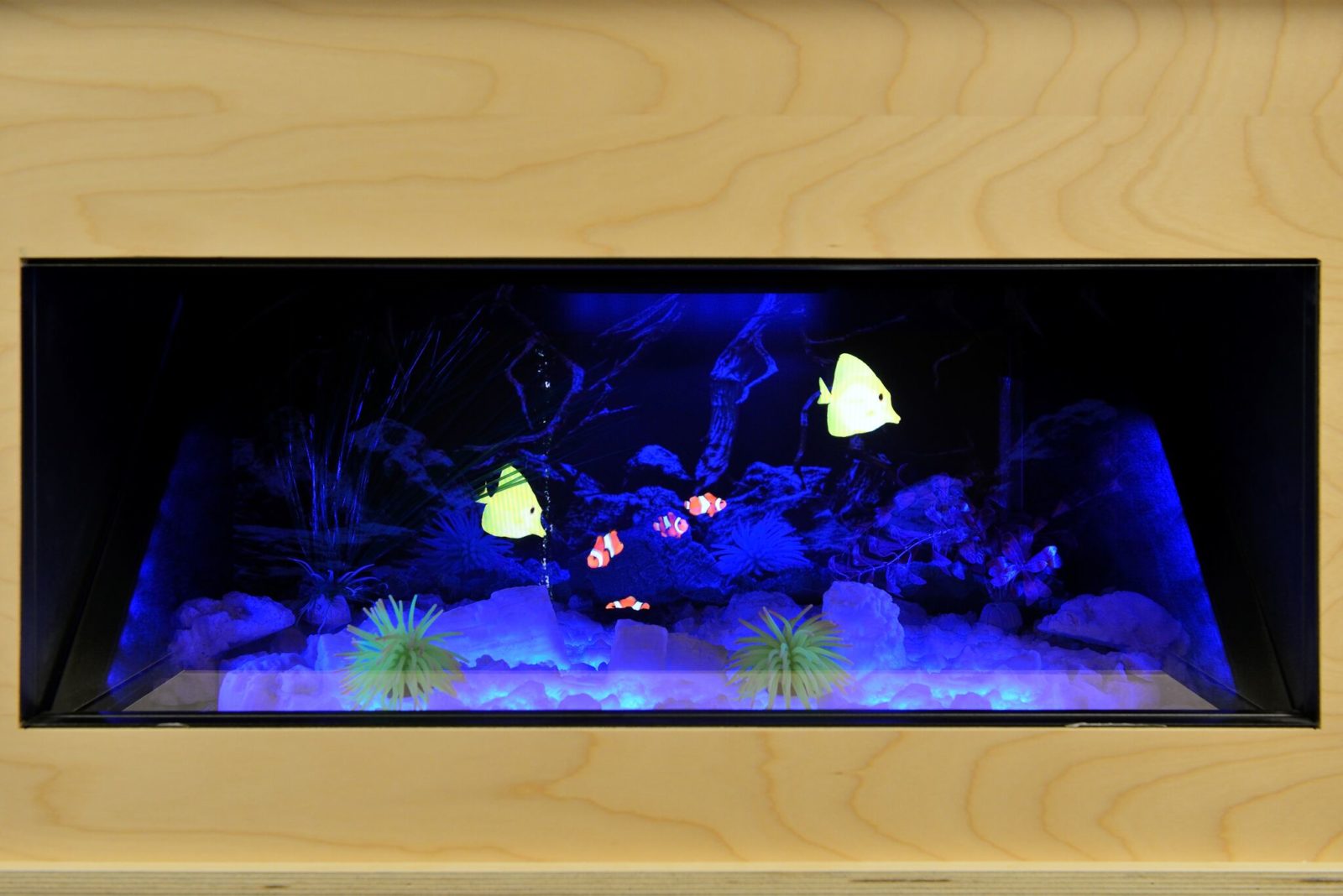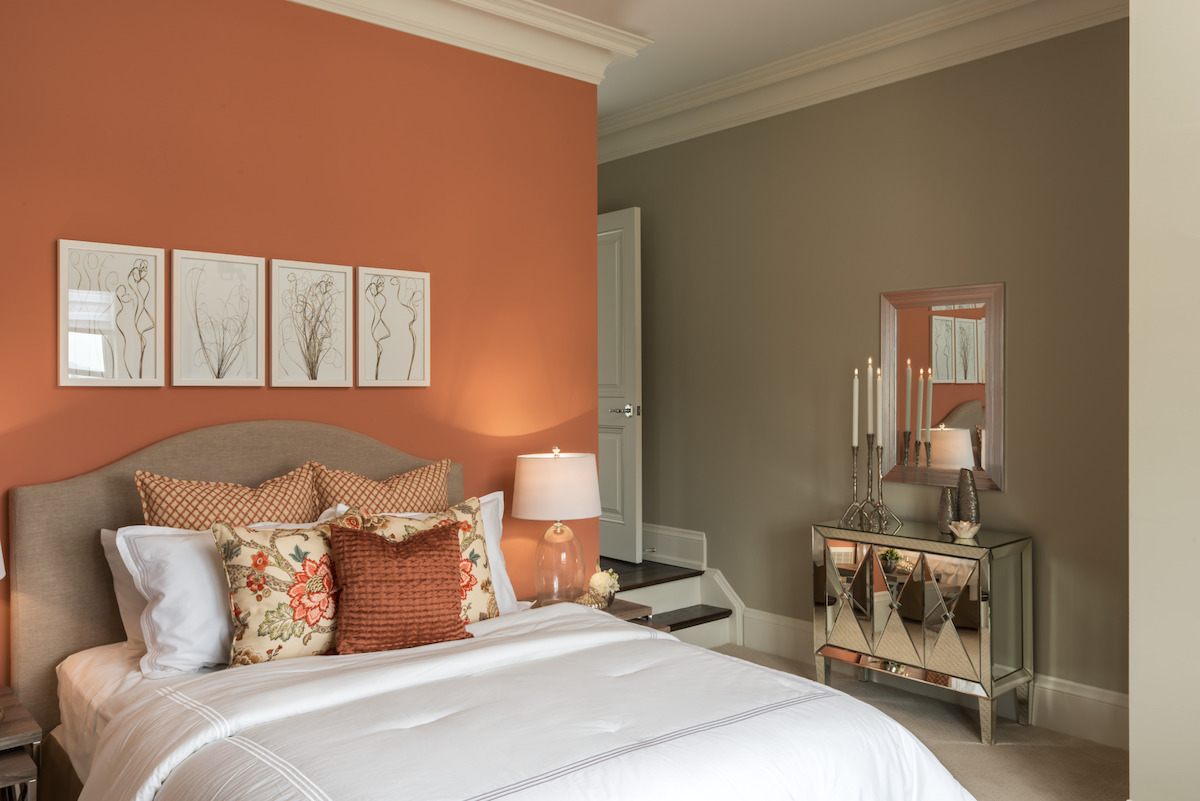
Does your home spark joy when you walk in the door?
It’s more than a matter of what you see in a space – it’s also about how it makes you feel. Interior design is all about joy and feeling good in your surroundings.
Design can change your mood through colour, texture, light, scent, and sound. Home design for the senses takes into consideration how an environment can best be designed to evoke a positive visceral reaction from anyone experiencing that space.
The role scents play in home design for the senses
Of course, taste means something entirely different when it comes to design, so I’ll skip right over to scents.
Studies show different scents can be mood changers. I recently met a chief perfumer. This professional scent designer works with corporations, builders, and the hospitality industry to create distinct scents for their environments.
Scents in the home can come from many sources, such as plants, flowers, candles, and furniture fabric or leather. Remember that smell is considered our most powerful sense and can leave a lasting sensory experience.
Soothing sounds
One of the most soothing sounds we know is the sound of water. It surrounds us in utero and provides a cushion to the noises from the world outside. It’s difficult to be tense when we hear sounds that lower our heart rate and put us at ease.
Natural sounds, like a wood fire crackling as it burns, a song from a bird outside a window, and the wind gently whistling through the trees can help us reset, refocus, and relax.
Home design for the senses using fire and water sounds
Electric fireplace maker Dimplex learned that the sounds of a fire burning added a whole new sensory dimension to their line of high-tech products.
They took that philosophy and diversified their product line with the development of the Opti-V™ virtual aquarium, complete with the sound of bubbling water. The Opti-V™ features ultra-realistic fish swimming in a tropical underwater environment.


Distracting anxious children
Dimplex kindly donated one of their virtual aquariums to Toronto’s George Hull Centre for Children and Families, which provides child and youth mental health services and care.
The aquarium has become a calming focal point of the centre’s second floor waiting area. The bubbling water sound and colourful motion of the fish helps keep children and parents calm and entertained. Research shows that aquariums offer significant health and therapeutic benefits.
White noise or total silence?
Wireless home sound systems and smart speakers like the Amazon Echo, Apple HomePod, and Google Home have exploded in popularity over the past few years. These high-tech devices can access a wealth of podcasts and music of every genre, which can greatly impact the auditory impression felt within a space.
We’re all wired differently, so for some, a low, constant noise is comforting. For people who deal with anxiety, a steady sound like the ones these devices produce can soothe and distract a person from negative thinking, which can fuel anxiety.
Colour affects mood
Colour affects mood, whether it’s on a conscious or subconscious level. Red boosts a room’s energy level and is commonly known to stimulate appetite. Yellow wall colours inspire warm feelings.
For calming, we choose tints of teal, lavender, and coral. If you look at colour charts, these are secondary colours that sit in the middle of the card. They’re not the lightest, nor the darkest colours.


Lighting affects mood
We can’t talk about colour without talking about lighting. It’s the level of light that makes a room’s colour seem too dark or too light, not the colour alone.
The worst lighting at night is blue (cool lighting). It’s the light electronic device screens emit and can contribute to depression and poor sleeping habits. Apple even recently implemented their Night Shift feature into the operating systems of their devices. It reduces the amount of blue light coming from screens before bedtime.
The best light at night is no light at all. Lighting that is too dim or too bright can affect your mood. Warm light with a colour temperature of 2700K (Kelvin) is optimal for interior lighting.
Our days grew longer when interior lighting was invented, which overrode our internal clock (known as circadian rhythm). One way to get your sleep cycle back on track is to escape to the great outdoors. A week-long camping trip in natural light can reset that inner clock.
Home design for the senses: touch
When looking at home design for the senses in relation to touch, there’s a lot to consider. Factors like choosing a hardwood floor versus soft carpeting, or the type of fabric used for a sofa play a major role in the tactile experience someone has in their surroundings.
Textures and materials that feel good are always in style. We see velvet coming back in rich, deep shades and appliances and fixtures are showing up in shapes and materials that are pleasing to the touch.
Do a sensory inventory of your home
Designers pay attention to all the details that make your home a place of joy. Do a sensory inventory of your home to make sure your multi-sensory experiences are enriching your space.

